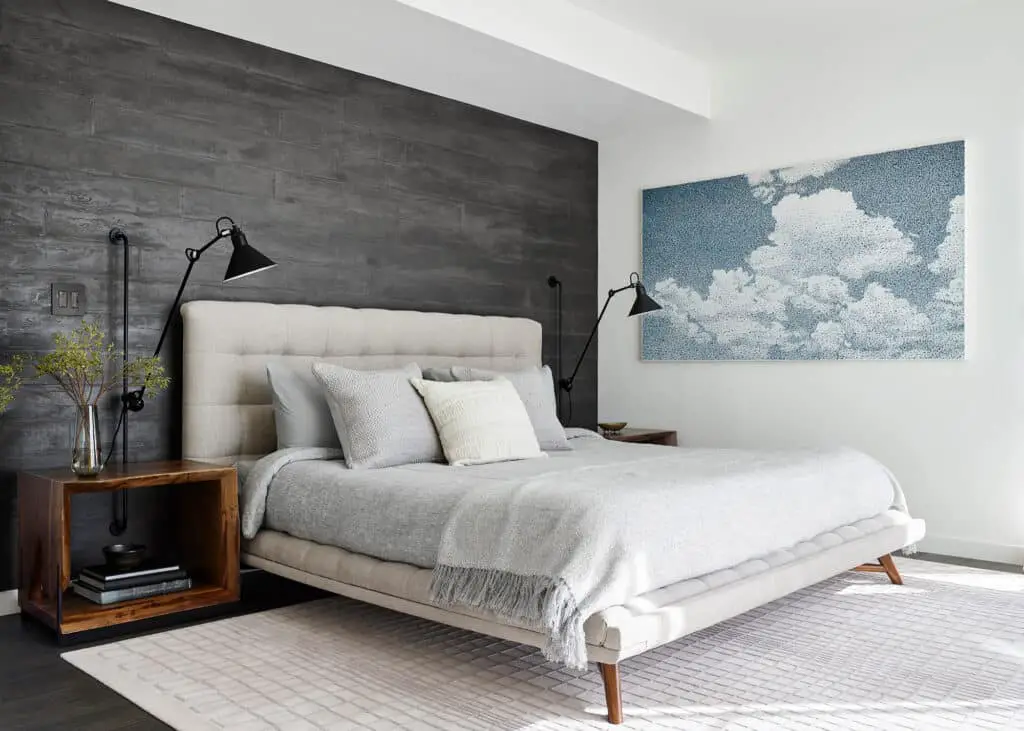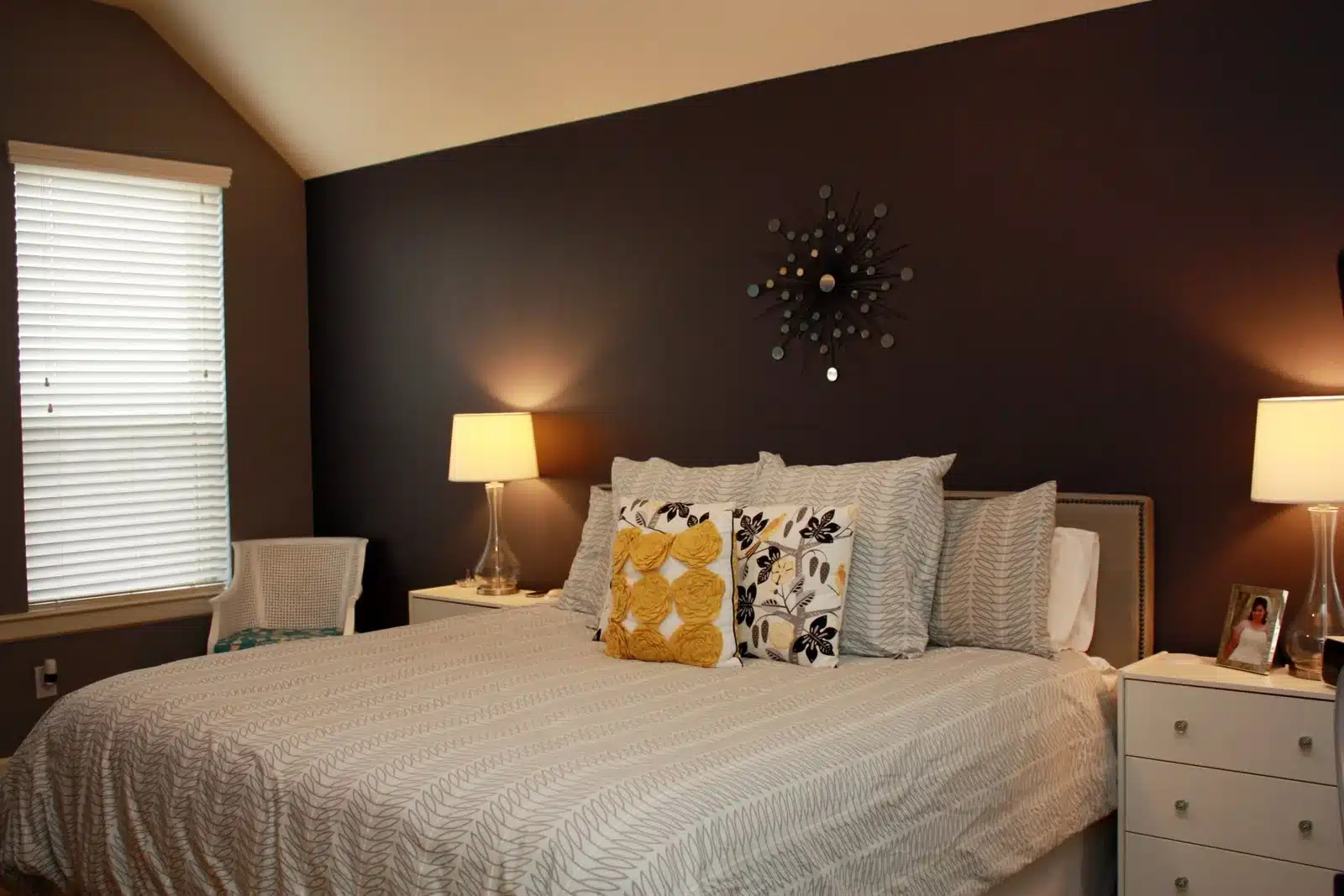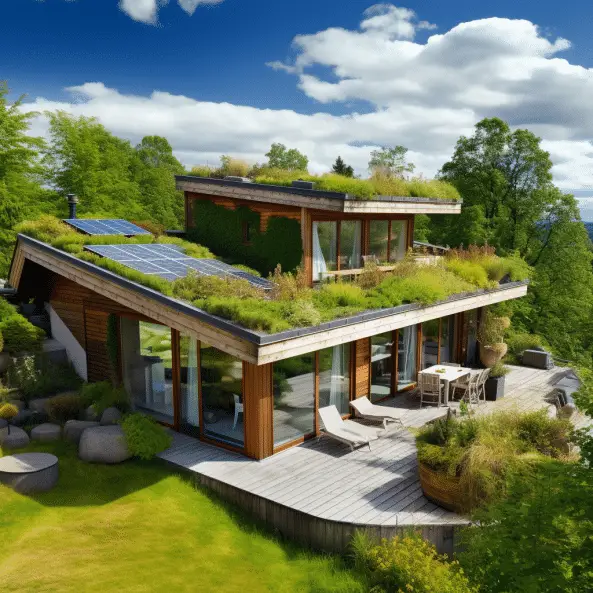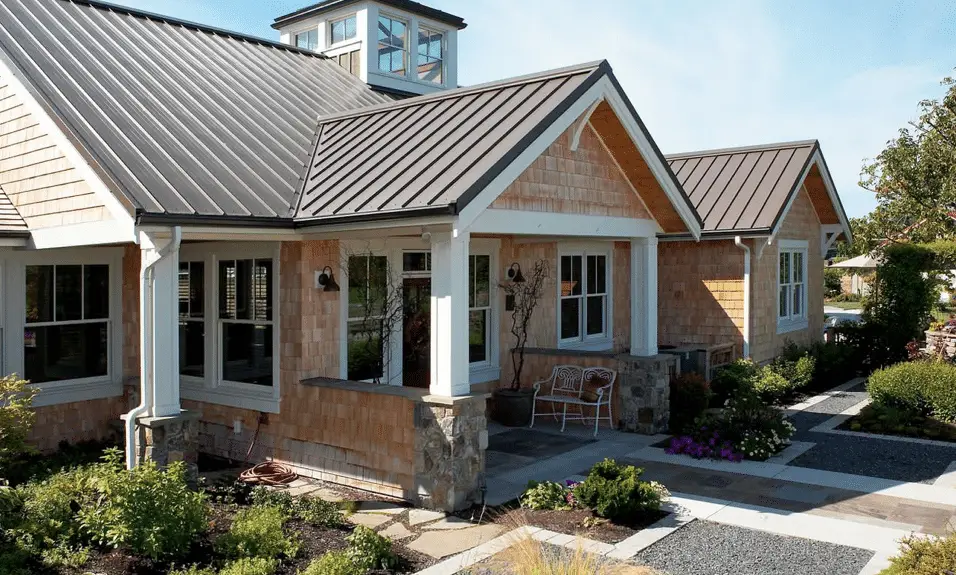How To Remove Accent Wall Acnh
Introduction
How To Remove Accent Wall Acnh: When it comes to home decor, accent walls have become increasingly popular in recent years. These walls add a touch of personality and style to any room, making them a great option for those looking to spruce up their living space. However, there may come a time when you want to remove an accent wall and start fresh with a new design. In this article, we will explore the various methods and techniques you can use to effectively remove an accent wall without causing damage to your existing walls.
There are several reasons why you might want to remove an accent wall. Perhaps you have grown tired of the current design and want to try something new. Maybe you are planning to sell your home and want to create a more neutral and appealing space for potential buyers. Whatever the reason may be, it is important to approach the removal process with care to avoid any unnecessary damage.
There are a few different methods you can use to remove an accent interior wall, depending on the materials used and the level of difficulty you are comfortable with. One common method is to simply peel off the wallpaper or paint that was used to create the accent wall. This can be done by using a scraper or putty knife to gently lift the edges and peel away the material. However, be cautious as some wallpapers may require the use of a steamer or adhesive remover to effectively remove them.

How do I remove an accent wall from my house?
HOW TO REMOVE AN ACCENT WALL AND REPAIR DRYWALL DAMAGE
- Remove Accent Wall Trim.
- Evaluate the Damage.
- Spackle Holes and Drywall Tears.
- Cover Everything in the Room.
- Sand the Wall.
- Clean Up the Sanding Dust.
- Prime the Wall.
- Paint.
Step 1: Prepare the room
Before you begin removing the accent wall, it is important to prepare the room properly. Additionally, turn off the power to any electrical outlets or switches on the wall to ensure your safety.
Step 2: Remove the trim and baseboards
The next step in removing an accent wall is to remove the trim and baseboards. Use a pry bar or a putty knife to carefully remove the trim and baseboards from the wall. Start at one end and work your way along the wall, gently prying the trim away from the wall. Be careful not to damage the trim or the wall in the process.
Step 3: Score the wall
Use a utility knife to score the wall in a crisscross pattern. This will help to break the bond between the wall and the paint or wallpaper, making it easier to remove. Be sure to apply enough pressure to create deep scores, but be careful not to cut into the underlying drywall.
Step 4: Remove the wall covering
After scoring the wall, it is time to remove the wall covering. Work slowly and carefully to avoid damaging the underlying wall.
Step 5: Repair and repaint
Use a spackling compound to fill in any holes or cracks, and sand the wall smooth. Afterward, apply a coat of primer to the wall to ensure a smooth and even finish. Finally, repaint the wall with the desired color to complete the restoration process.
Can you have two accent walls in Animal Crossing?
Animal Crossing is a popular life simulation video game that allows players to create and customize their own virtual world. One aspect of customization in the game is the ability to decorate the walls of your in-game home.
Explanation:
In Animal Crossing, players have the option to choose from a variety of wallpapers to decorate their home. Each wallpaper covers all four walls of the room, creating a cohesive look.
By selecting wallpapers with contrasting patterns or colors, players can create the illusion of having two accent walls. This combination can create a visually interesting and dynamic space within the game.
Furthermore, players can also utilize wall-mounted items to create focal points on specific walls. By carefully selecting and arranging these items, players can enhance the overall aesthetic of their virtual home.
What is the D pad in Animal Crossing?
The D-pad in Animal Crossing
The D-pad is a cross-shaped control pad located on the left side of the Nintendo Switch or Nintendo 3DS console. It consists of four directional buttons: up, down, left, and right. In Animal Crossing, players use the D-pad to move their character in these four directions. By pressing the up button, players can make their character move forward, while the down button makes them move backward. The left and right buttons allow players to move their character in the respective directions.
Aside from movement, the D-pad also serves various other functions in Animal Crossing. Its simple design and functionality make it easy for players of all ages and skill levels to enjoy the game. Whether you’re exploring the island, fishing in the river, or chatting with your animal neighbors, the D-pad is an essential tool that enhances the overall gameplay experience in Animal Crossing.
How many Neighbours can you have in Animal Crossing?
The maximum number of villagers you can have living on your island is 10. One of the key aspects of the game is the interaction with various animal characters, known as villagers, who live in the player’s virtual town. These villagers play a significant role in creating a lively and engaging environment within the game. In Animal Crossing, players can have a diverse range of neighbors, each with their own unique personalities and characteristics.
Number of Neighbors:
In Animal Crossing, the number of neighbors a player can have depends on the specific game in the series. In this latest installment, players can have up to 10 villagers living on their island. This change allows for a more intimate and manageable community, where players can develop deeper relationships with each individual villager.
Interacting with Neighbors:
Interacting with neighbors is a fundamental aspect of the Animal Crossing series. Players can engage in conversations with their neighbors, participate in various activities together, and even help them with tasks or favors. These interactions help to build relationships and foster a sense of community within the game.
Each neighbor in Animal Crossing has their own distinct personality, interests, and hobbies. Some villagers may be more outgoing and sociable, while others may be shy or reserved. This diversity adds depth and realism to the virtual town, making each interaction with a neighbor a unique experience.
What not to do with an accent wall?
Don’t create chaos by adding to an already busy room.
Too much going on in a room can overwhelm the eye and appear chaotic. If the room has a lot going on already then, an accent wall could easily move a room from busy to an eyesore.
An accent wall can be a great way to add visual interest and personality to a room. However, it’s important to consider what not to do when it comes to creating an accent wall. By avoiding certain mistakes, you can ensure that your accent wall enhances the overall aesthetic of the space. In this article, we will discuss some common pitfalls to avoid when designing an accent wall.
One common mistake to avoid is choosing the wrong color or pattern for your accent wall. While it’s important to select a color or pattern that complements the rest of the room, it’s equally important to choose one that doesn’t overpower the space. If the color or pattern is too bold or busy, it can make the room feel overwhelming and visually chaotic. Instead, opt for a color or pattern that adds visual interest without overpowering the room.
Another mistake to avoid is neglecting the balance and proportion of the accent wall. It’s important to consider the size and scale of the room when designing an accent wall. If the wall is too large or too small in relation to the rest of the space, it can throw off the balance and make the room feel off-kilter. Additionally, consider the placement of furniture and other elements in the room when deciding where to create the accent wall. It should be a focal point that enhances the overall flow and functionality of the space.
One important consideration is avoiding excessive clutter or distractions on the accent wall. The purpose of an accent wall is to draw attention and create visual interest. However, if the wall is cluttered with too many decorations or distractions, it can detract from the intended effect. Instead, choose a few key pieces or elements to highlight on the accent wall, such as a piece of artwork or a statement piece of furniture.
Lastly, don’t forget to consider the lighting when designing an accent wall. Lighting plays a crucial role in highlighting the features of a room, including the accent wall. Make sure that the wall is well-lit and that the lighting fixtures complement the overall design. Avoid placing lighting fixtures that cast harsh shadows or create uneven lighting, as this can diminish the impact of the accent wall.
When designing an accent wall, it’s important to consider what not to do in order to create a visually appealing and cohesive space. Avoid choosing the wrong color or pattern, neglecting balance and proportion, cluttering the wall with excessive decorations, and forgetting about the lighting. By avoiding these mistakes, you can create an accent wall that enhances the overall aesthetic of the room.
Removing an accent wall can serve various purposes depending on the specific situation. One common reason for removing an accent wall is to change the overall aesthetic of a room. Accent walls are often used to create a focal point or add visual interest to a space, but over time, design preferences may change, and removing the accent wall can help create a fresh and updated look.
Another purpose of removing an accent wall could be to create a more cohesive and balanced design. Sometimes, an accent wall can overpower the rest of the room or clash with other elements. By removing it, the room can achieve a more harmonious and balanced appearance.
Additionally, removing an accent wall might be necessary when renovating or remodeling a space. If the accent wall is damaged, outdated, or no longer serves its intended purpose, removing it can be a crucial step in the renovation process.
In summary, the purpose of removing an accent wall can range from updating the room’s aesthetic to creating a more balanced design or as part of a larger renovation project.
How can one effectively remove an accent wall without causing damage?
When it comes to removing an accent wall without causing damage, there are several steps and precautions that can be taken to ensure a successful and safe process. Firstly, it is important to assess the type of material used for the accent wall. This will determine the specific approach and tools needed for removal. For example, if the accent wall is made of drywall, it is crucial to be cautious and gentle to avoid creating holes or cracks.
Before starting the removal process, it is recommended to gather the necessary tools and materials. These may include a utility knife, pry bar, putty knife, drop cloths, and protective eyewear. It is also advisable to cover the surrounding area with drop cloths to protect the floor and furniture from any debris or damage.
Once the necessary preparations are made, the actual removal process can begin. It is important to start by scoring the edges of the accent wall with a utility knife. This will help loosen the adhesive or paint and make it easier to remove. Using a pry bar or putty knife, gently pry the accent wall away from the surface, starting from the edges and working towards the center. It is crucial to apply steady and even pressure to avoid causing any damage to the underlying wall.
Are there any specific tools or materials required for removing an accent wall?
When it comes to removing an accent wall, there are indeed specific tools and materials that can make the process much easier and efficient. One of the essential tools you will need is a pry bar or a crowbar. This tool will help you in gently prying off the wall panels or tiles without causing too much damage. Additionally, a hammer can be useful for removing any nails or screws that may be holding the accent wall in place.
Overall, having the right tools and materials can greatly simplify the process of removing an accent wall. It is important to use these tools with caution and follow proper safety guidelines to avoid any accidents or damage to the underlying wall surface.
What are some potential challenges or obstacles one might encounter when removing an accent wall?
Removing an accent wall can be a challenging task, as there are several potential obstacles that one might encounter during the process. One of the main challenges is the possibility of damaging the underlying structure or the surrounding walls. Accent walls are often created using different materials, such as wood, brick, or tile, which can be firmly attached to the wall. Removing these materials without causing any damage requires careful handling and the use of appropriate tools.
Another challenge is the presence of electrical outlets or wiring behind the accent wall. Proper techniques and tools, such as scrapers or steamers, may be necessary to minimize any potential damage.
Furthermore, the size and weight of the accent wall can pose a challenge during removal. Large or heavy accent walls may require additional manpower or specialized equipment to safely dismantle and transport.
What are some potential challenges or obstacles one might encounter when removing an accent wall?
When removing an accent wall, there are several potential challenges or obstacles that one might encounter. Firstly, the type of material used for the wall can greatly impact the difficulty of removal.
Another potential challenge is the possibility of hidden damage or structural issues behind the accent wall. It is important to carefully inspect the wall before removal to ensure there are no signs of water damage, mold, or other structural problems. If any issues are discovered, it may be necessary to consult a professional before proceeding with the removal.
Additionally, removing an accent wall can create a significant amount of dust and debris. It is important to take proper precautions to protect yourself and the surrounding area. Wearing a dust mask, safety goggles, and gloves can help prevent inhalation of dust particles and protect your eyes and hands. It is also advisable to cover nearby furniture and flooring with drop cloths or plastic sheets to minimize the mess.

Conclusion
After conducting extensive research on the keyword “”how to remove accent wall acnh,”” it is evident that there are several effective methods available for removing an accent wall. Whether you are looking to change the overall aesthetic of a room or simply want to update the design, removing an accent wall can be a relatively straightforward process. By following the instructions outlined below, you can successfully remove an accent wall and achieve the desired results.
The first step in removing an accent wall is to gather the necessary tools and materials. This typically includes a hammer, pry bar, putty knife, and sandpaper. Additionally, it is important to protect the surrounding area by covering furniture and floors with drop cloths or plastic sheets. Once you have gathered all the necessary supplies, you can proceed with the removal process.
Next, it is crucial to carefully examine the accent wall to determine the type of material it is made of. This will help you determine the best approach for removal. For example, if the accent wall is made of drywall, you can start by removing any trim or molding around the edges. Then, using a pry bar or putty knife, gently pry the drywall away from the studs. Be cautious not to damage the surrounding walls or surfaces.
If the accent wall is made of a different material, such as wood paneling or wallpaper, the removal process may vary. In the case of wood paneling, you may need to use a pry bar or hammer to remove the panels from the wall. For wallpaper, it is recommended to use a wallpaper steamer or a solution of warm water and vinegar to loosen the adhesive before peeling it off.
Removing an accent wall can be a relatively simple task if you follow the proper instructions and use the appropriate tools. By carefully examining the type of material the accent wall is made of and taking the necessary precautions, you can successfully remove the wall and achieve the desired results. Whether you are looking to update the design of a room or simply want a change, removing an accent wall can be a rewarding and satisfying project. So, gather your tools, protect the surrounding area, and get ready to transform your space by removing that accent wall!








